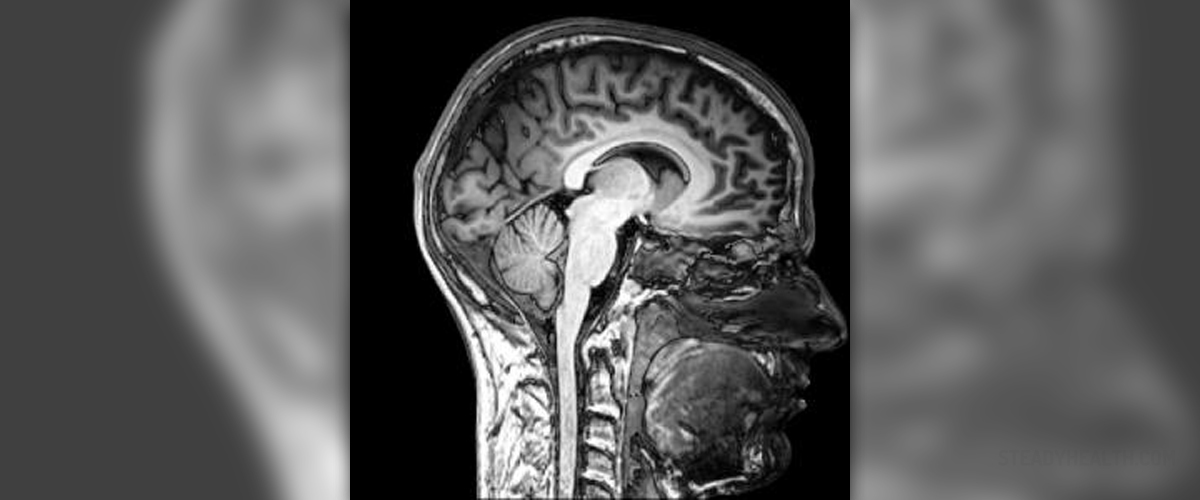
Basic information and use
Magnetic Resonance Imaging (MRI) (or sometimes called nuclear magnetic resonance imaging NMRI or MRT magnetic resonance topography)is a non-invasive way to scan your whole body or any part of the body. It canoffer more specific information about the scanned parts then CT (computedtomography) or X-rays. Contrast materialsused in MRI have just few side effects.
This technique is relatively new and it has been in usesince the 1970s. Mayor downsides are the cost of purchasing and installation ofthe machine, which determine higher price of these scans (higher than X-rays). Anotherobstacle may be the need of MRI trained personnel.
MRI imaging is limited, and some of the patients may havetrouble getting good MRI scans. People with pacemakers, orthopedic or dental implantsor aneurism clips have problems because of their implanted devices and theirMRI images are not accurate. Developers are trying to find metal implants thatwould be suitable for MRI use.
Some patients using MRI have claustrophobia issues (the solutionmight be high field open MRI, available on the market) and others are limitedby the size and weight limitation of the MRI machine.
MRI is used to differentiate pathologic (that has changed becauseof the illness) from normal tissue, and it can be used on any part of the body,especially on the brain, muscles and most tumors. It provides better contrastresolution than CT, so the doctor can more easily differentiate between similarbut not identical tissues.
MRI can be used to make anatomical images and to scan thefunction of the body (or part of the body). So far, MRI is the preferred methodfor brain scans detecting brain tumors and parts of the brain affected bystroke and also spine lesions or just blood vessels scans.
Some of the newly discovered uses include heart and neuroimaging, surgical planning and steering, and diffusion and perfusion scans.
Innovation
Tim (total imaging matrix) is a new technology from SiemensMedical Solutions, enabling the patients to sit while their scanning is takingplace. This solution is producing high quality and quick scans in just 12minutes. Most of the patients don’t experience claustrophobia, so this scanningmakes MRI more patients friendly. Specialists also benefit from this innovativeMRI: scans are faster have better quality, and patients are more relaxed andcooperative.
The new thing is portable MRI, coming from Princeton and theinternational team from Germany, California and New York. This would allow thedoctors to examine the patients without the hospital fuss and rush.



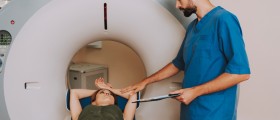
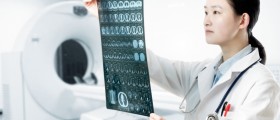
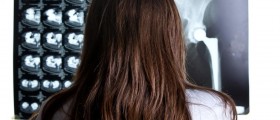
_f_280x120.jpg)





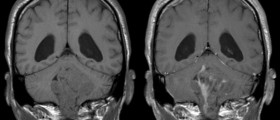




Your thoughts on this
Loading...